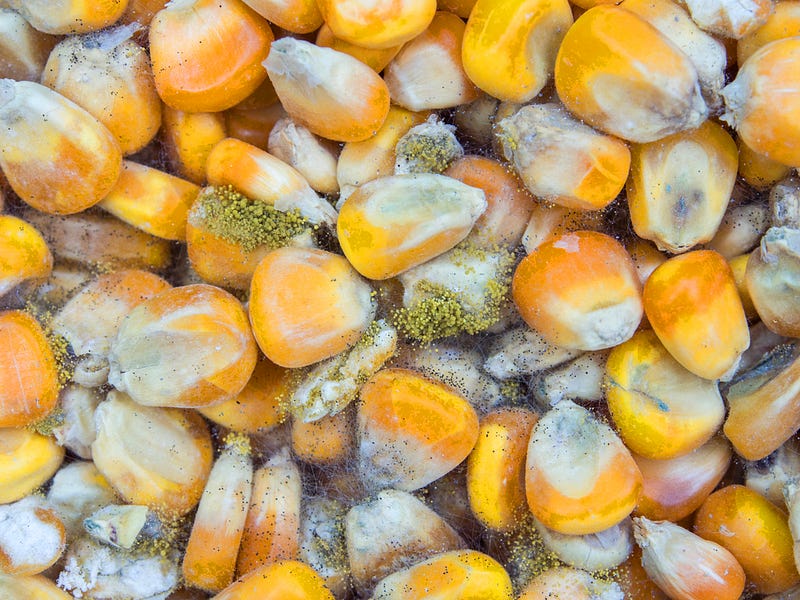Enhancing Food Sustainability Through Biological Detoxification
Written on
Chapter 1: The Importance of Sustainable Food Supply
In recent years, the global population facing hunger or malnutrition has seen a notable decline. However, millions, including many children, still suffer from undernutrition. To eradicate hunger, ensuring that everyone has year-round access to nutritious, safe food is crucial.
For this goal to be achieved, the food supply chain must transition towards greater sustainability. A significant step in this direction involves minimizing food spoilage. Approximately 25% of food worldwide is lost each year due to fungal contamination, which poses health risks through the production of mycotoxins—harmful toxins that can lead to serious health issues such as cancer and immune system disorders.
To combat food spoilage and ensure safety, it is essential to eliminate these mycotoxins, a process known as detoxification. Various methods exist for detoxifying food, including chemical, physical, and biological approaches.
Chemical methods like alkalization, oxidation, and ammoniation have their drawbacks, often resulting in nutrient loss or unpleasant taste and odor. Physical methods, such as dry cleaning and irradiation, also face limitations.
A more promising alternative lies in biological detoxification, which employs microorganisms like lactic acid bacteria. These beneficial bacteria can convert mycotoxins into less harmful or even non-toxic compounds. The biological approach offers numerous advantages: it is cost-effective, preserves nutritional quality, and can be applied to a wide range of food products. Moreover, it is a safer and more sustainable option compared to chemical or physical methods.
Chapter 2: Benefits of Biological Detoxification
Section 2.1: Environmental Safety
One significant advantage of bacterial detoxification is its lack of environmental pollution. Unlike chemical and physical methods, which can release harmful pollutants into nature, biological methods avoid such risks. For example, sodium hydroxide, a common chemical used in detoxification, is detrimental to both animal and plant tissues.
In contrast, when lactic acid bacteria are introduced into contaminated foods, they engage in natural fermentation processes that do not harm the environment. For instance, during yogurt production, these bacteria help eliminate fungal toxins, creating a safe and nutritious product.

Section 2.2: Energy Efficiency
Another critical benefit of bacterial detoxification is its minimal energy requirements. This method does not rely on high-tech machinery or energy-intensive reactions. Instead, bacteria utilize their metabolic processes to transform mycotoxins into harmless substances. This is particularly advantageous in comparison to chemical and physical methods that depend on fossil fuels, allowing for reduced operational costs.
Section 2.3: Health Safety
Bacterial detoxification also poses no health risks, unlike physical methods that may only partially eliminate mycotoxins, or chemical methods that can leave harmful residues in food. For example, residues from sodium hydroxide can cause severe health issues, while lactic acid bacteria are naturally present in our digestive systems and pose no threat to human health.
Conclusion
In conclusion, the use of lactic acid bacteria for detoxification significantly enhances the sustainability of the food supply chain. This biological method stands out for its lack of pollution, minimal energy requirements, and absence of health risks, making it a favorable alternative to traditional chemical and physical detoxification methods.
Credit
This article is based on:
Muhialdin, B. J., Saari, N., & Meor Hussin, A. S. (2020). Review on the biological detoxification of mycotoxins using lactic acid bacteria to enhance the sustainability of foods supply. Molecules, 25(11), 2655.